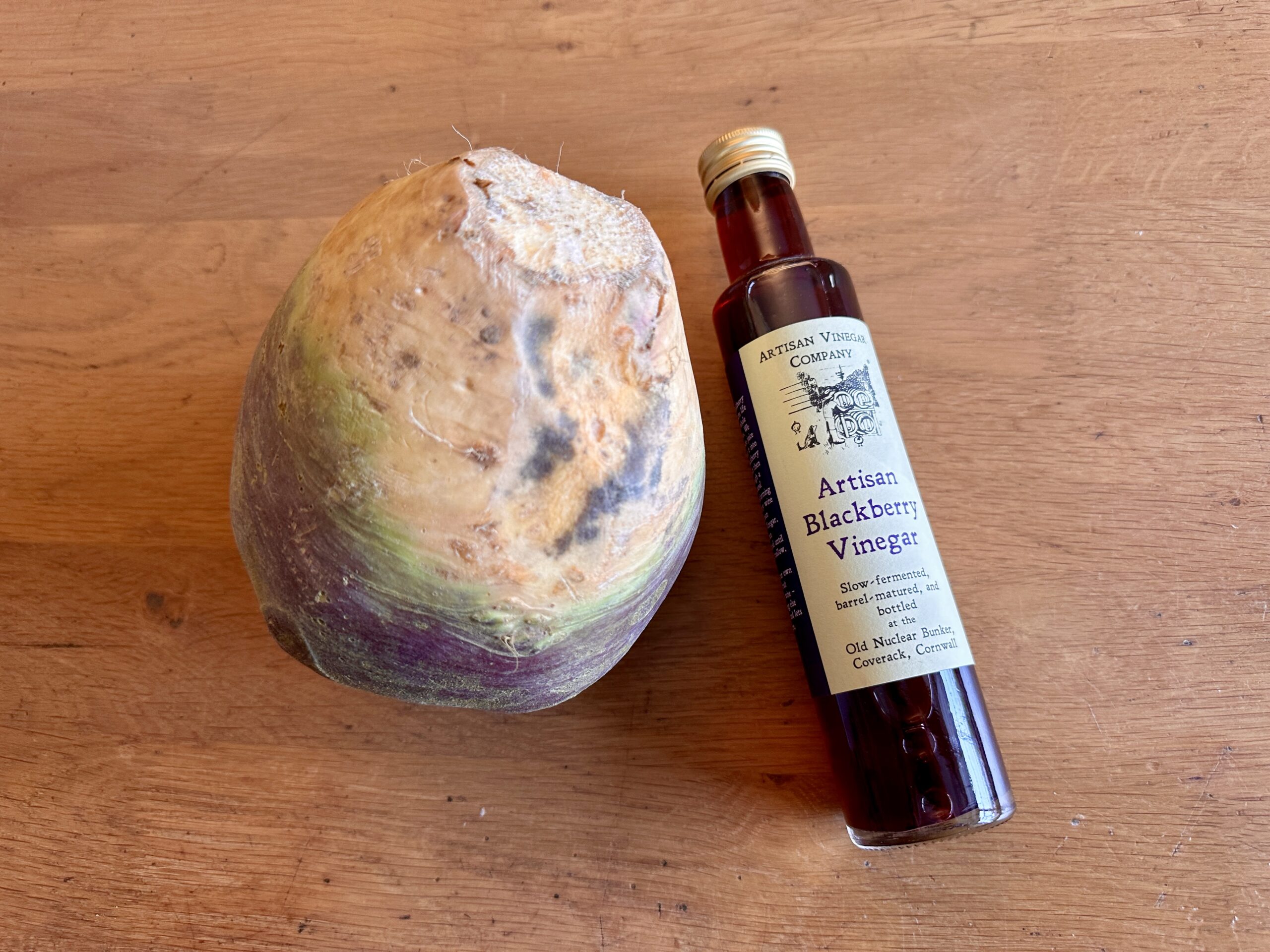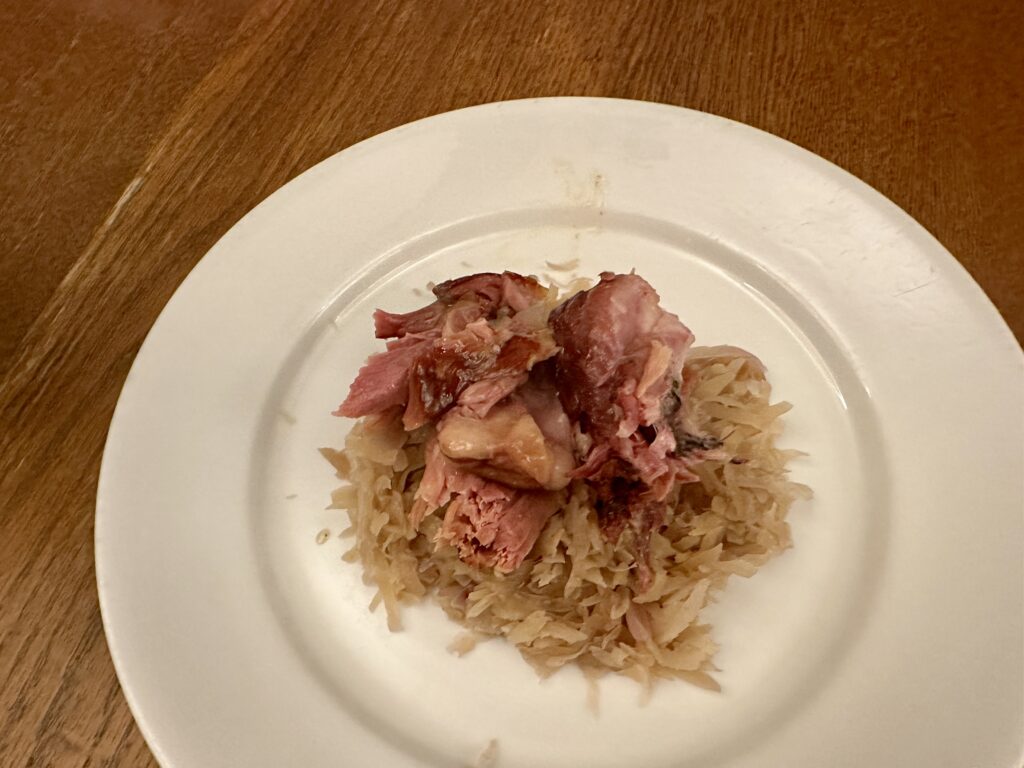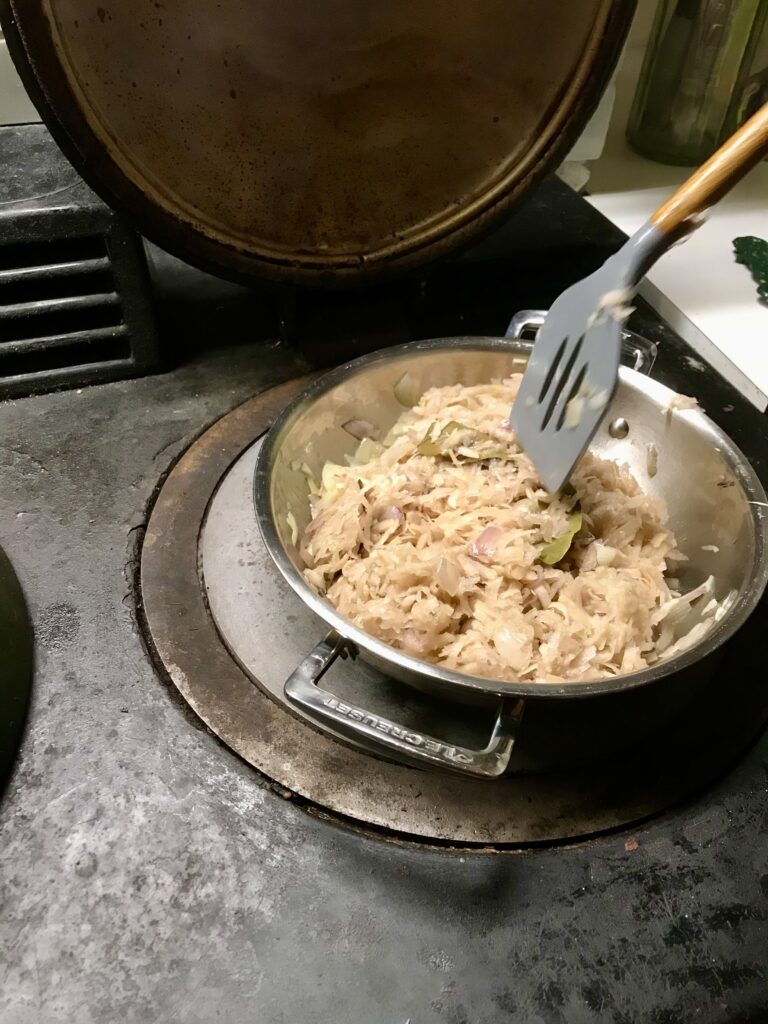We are delighted to be preparing our first consignment of Artisan Malt Vinegar for export to theUSA, where it will join the impressive range of fine foods being imported by Rogers Collection –www.rogerscollection.us

In the Friuli-Venezia Giulia region of northeast Italy, of which Trieste is capital, an intriguing speciality is made in the colder months: brovada, or turnips fermented in grape pomace (the grape solids left over after pressing wine). This tangy vegetable side is so little known outside Italy, it sadly doesn't even have an English-language Wikipedia page.
To make traditional brovada, whole trimmed turnips are layered with the rapidly acidifying pomace (usually from black grapes) and salt. Big tubs are filled with these layers and then left to macerate and ferment for about a month. Like so many vegetable ferments, this is a winter dish that makes use of an ingenuous preservation method — and it probably makes those old turnips taste a lot more interesting, too.
If you don't have a wine pressing operation and/or barrels' worth of turnips to preserve, you can make a quick cheat brovada out of the humble swede and some nice fruit vinegar (this mimics the dark, acidic grape pomace). I take my inspiration here from this blog post, although I've put my own spin on things.
Start a few days ahead of when you know you're going to be serving a nice piece of protein — in Friuli, brovada is traditionally served with sausages. I served it alongside roasted smoked ham hock and good mustard, which was a perfect (and very Germanic-tasting) combination.

Ingredients (to serve 4)
Method
Peel the swede and slice it in half. This is not as hard as it looks if you work slowly and carefully.
Slice the swede into manageable chunks and then grate these with a box grater. Thoroughly mix the grated swede with the vinegar in a bowl. Use enough vinegar to turn all of the swede a dusky pink colour, but don't drown it.
Leave the vinegar-soaked swede to sit at room temperature, covered with plastic wrap or a plate, for 2 days. Stir once or twice over the two days.

An hour before you wish to serve the swede, heat a few tablespoons of olive oil in a large saucepan and add the onions. Sauté for 5 minutes or so until softened. Add the swede with its liquid and your desired aromatics, then season with salt and pepper. Bring to a simmer and simmer at a low-ish heat, covered, for 35-40 minutes, until the swede is softened, fragrant, and sweet.
Check seasoning and serve as you would sauerkraut (it tastes very similar indeed).
— Beatrix Swanson
We are delighted to be preparing our first consignment of Artisan Malt Vinegar for export to theUSA, where it will join the impressive range of fine foods being imported by Rogers Collection –www.rogerscollection.us
How to think beyond the vinaigrette when using vinegar in your salads
We are pleased to say that Artisan Malt Vinegar 250ml bottles will soon be available through Holleys Fine Foods – www.holleysfinefoods.com

The Old Nuclear Bunker,
Pednavounder,
Coverack,
Cornwall
TR12 6SE
01326 281135
info@artisanvinegar.co.uk